FOMC rate decision takes center stage today, with a 25bps rate cut widely anticipated, lowering the federal funds rate to 4.25–4.50%. Markets see virtually no chance of a different outcome, making the focus squarely on Fed Chair Jerome Powell’s statement and the updated economic projections. Expectations are for Fed to signal a slower pace of easing in 2025, aligning with signs of a resilient economy and sticky inflation.
Three key questions arise from today’s new projections.
First, the possibility of a pause in January is in focus. With markets pricing an 84% probability of no rate change at the next meeting, the voting split within the FOMC could hint at how close policymakers are to a pause in the easing cycle.
Second, attention will shift to the pace of easing in 2025. Fed’s prior projections and dot plot suggested a median rate of 3.4% by the end of next year. Markets are currently pricing in a 33% chance of rates falling to 3.75–4.00% by December 2025. A significant upward revision in Fed’s median forecast would signal caution about inflation persistence and align with tighter-than-expected monetary policy.
Third, the neutral rate will be scrutinized. The previous projection of a longer-run rate was 2.9%, slightly higher than 2.8% in June. A move toward or above 3% could be psychologically significant, signaling higher baseline expectations for economic growth and inflation stability in the post-tightening environment.
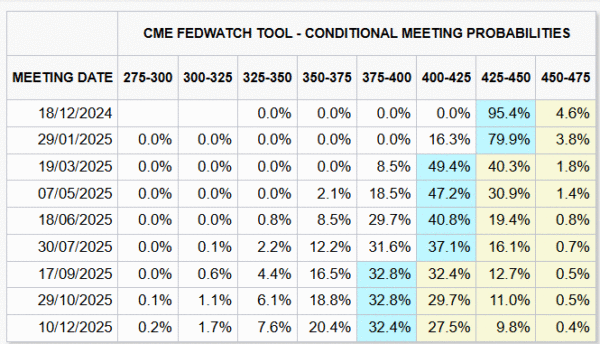
In terms of market reactions, Fed’s “hawkish cut” could lift both the 10-year Yield and Dollar Index. However, breaking out of current ranges will require more than today’s decision.
For the DXY, resistance at 108.07 must be cleared to confirm underlying bullish momentum, which would likely need support from a 10-year yield break above 4.505%. These breakouts would likely hinge on clarity around fiscal and trade policies from the incoming administration.
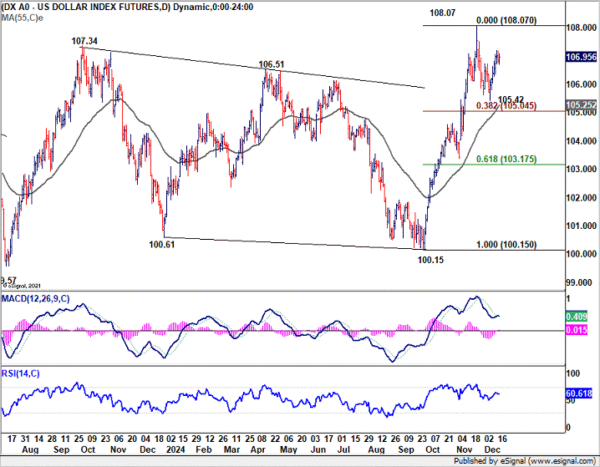
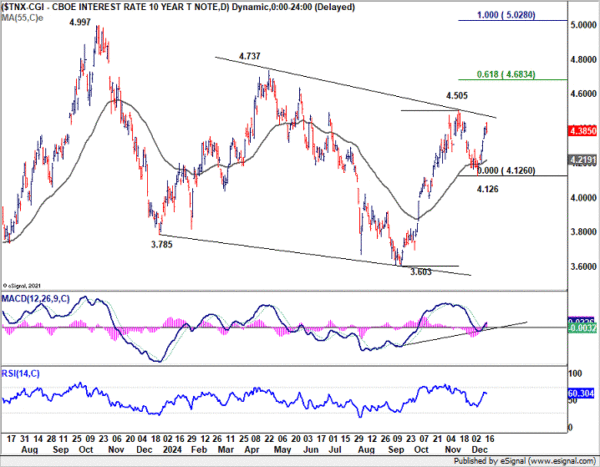






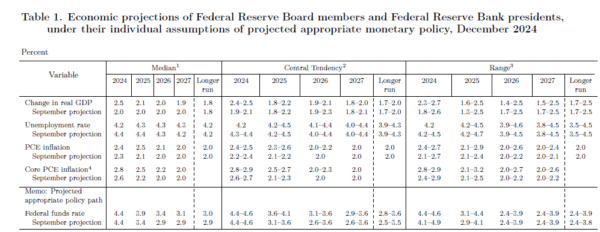
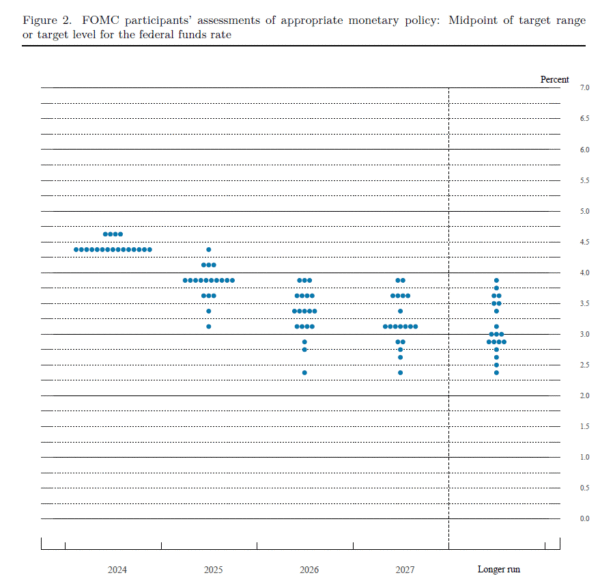
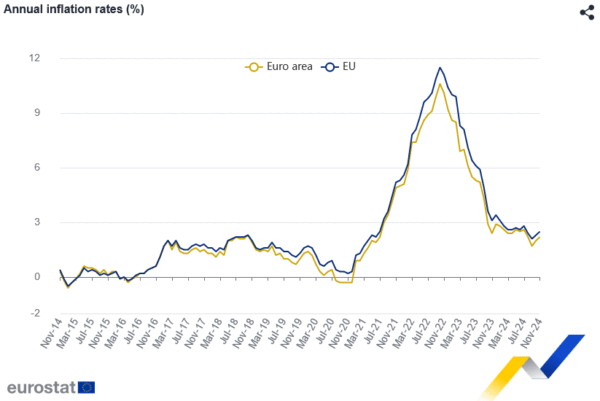



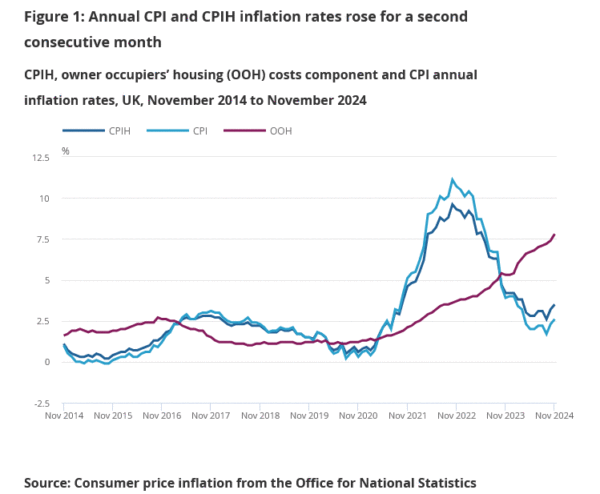
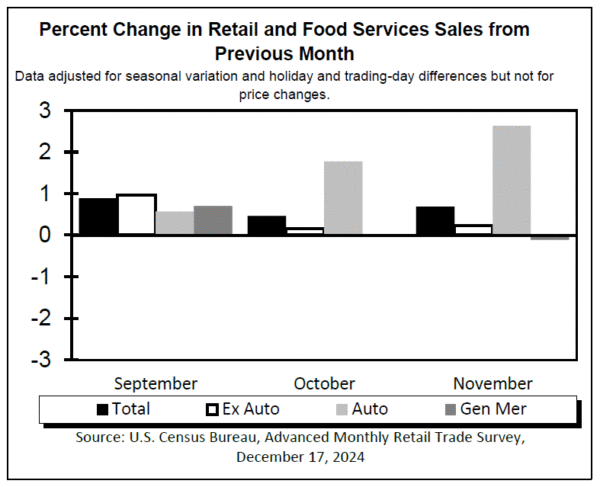
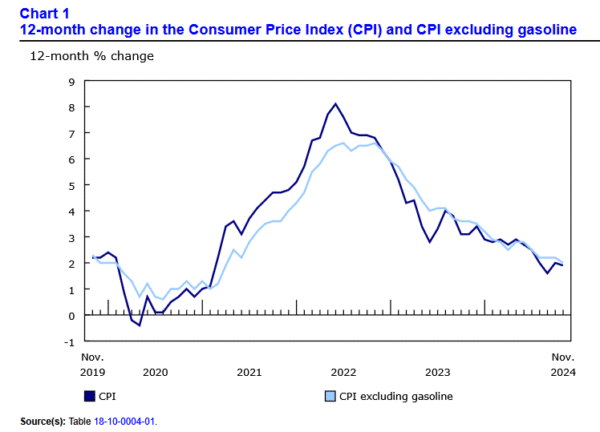

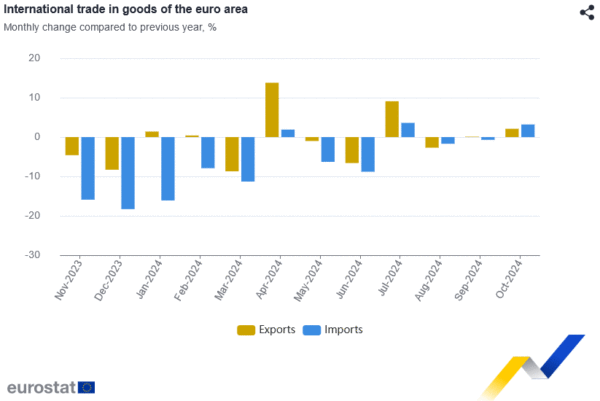


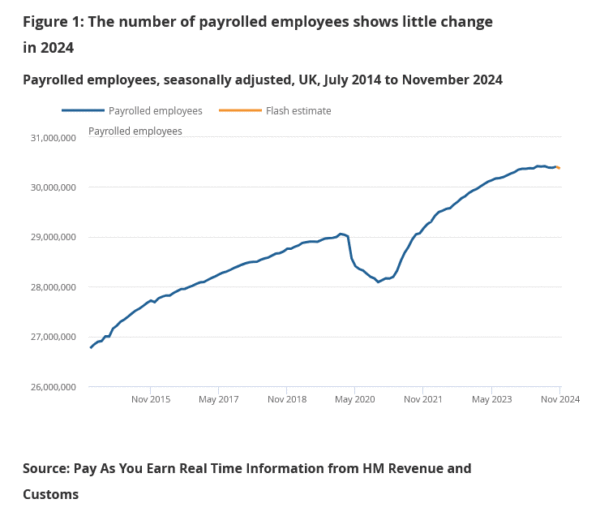
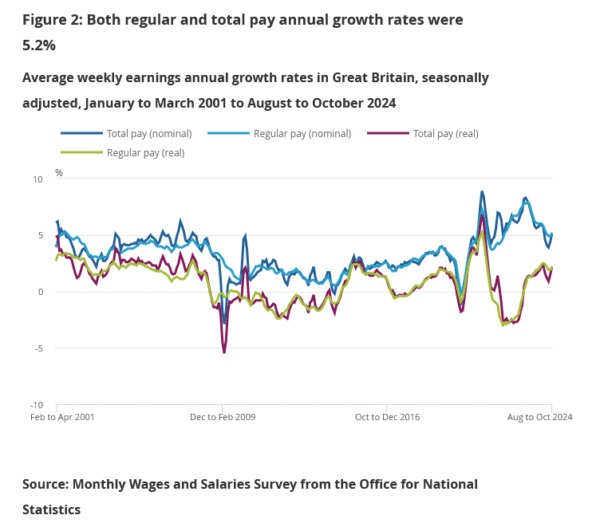
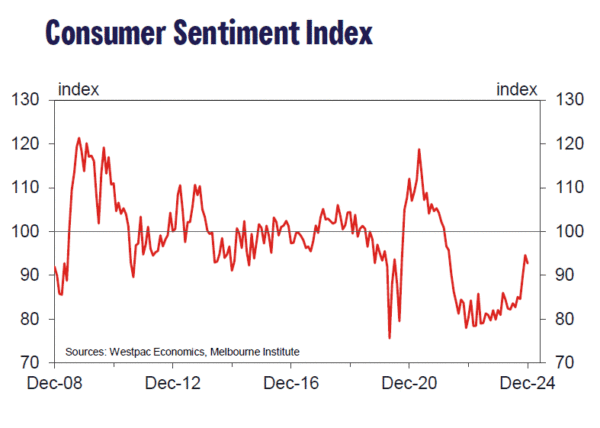
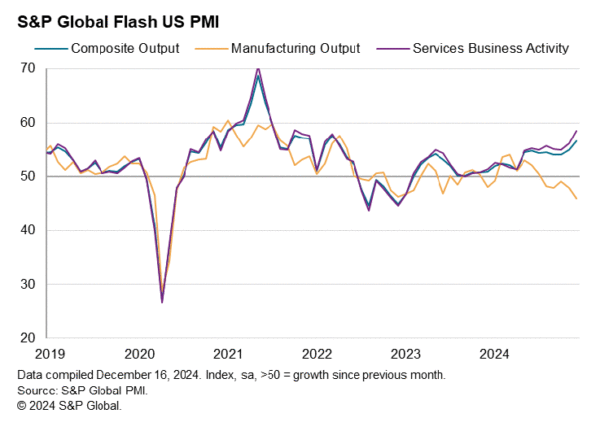
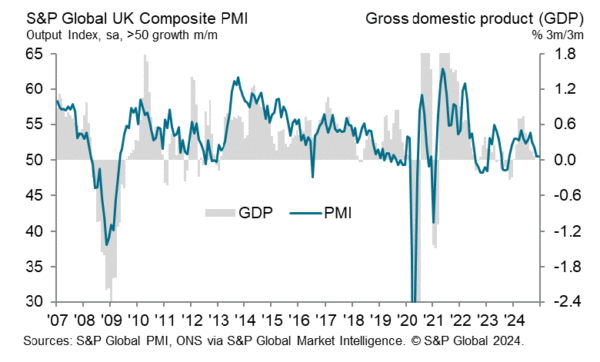
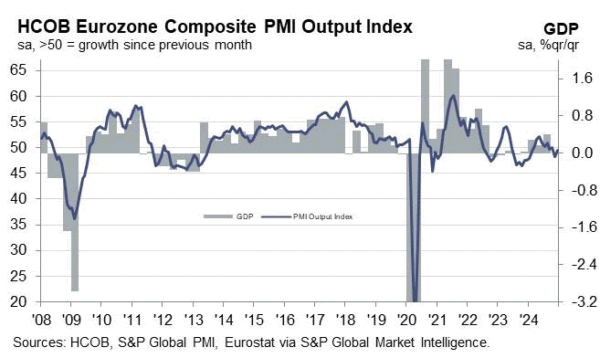

New Zealand’s GDP contracts -1% qoq in Q3, broad economic weakness
New Zealand’s economy contracted by -1.0% qoq in Q3, significantly worse than market expectations of -0.2%. The previous quarter’s GDP figure was also revised down sharply, from -0.2% to -1.1%, painting a grimmer picture of the country’s economic performance.
The decline was broad-based, with activity falling in 11 out of 16 industries, including significant contractions in manufacturing, business services, and construction. While primary industries posted gains, both goods-producing and service industries experienced declines.
On a per capita basis, GDP dropped -1.2% qoq, marking the eighth consecutive quarterly decline. The expenditure measure of GDP also contracted by -0.8% qoq. Notably, household consumption expenditure decreased by -0.3% qoq, with reductions in spending on essentials such as grocery food and electricity, highlighting the strain on consumer budgets.
Full NZ GDP release here.